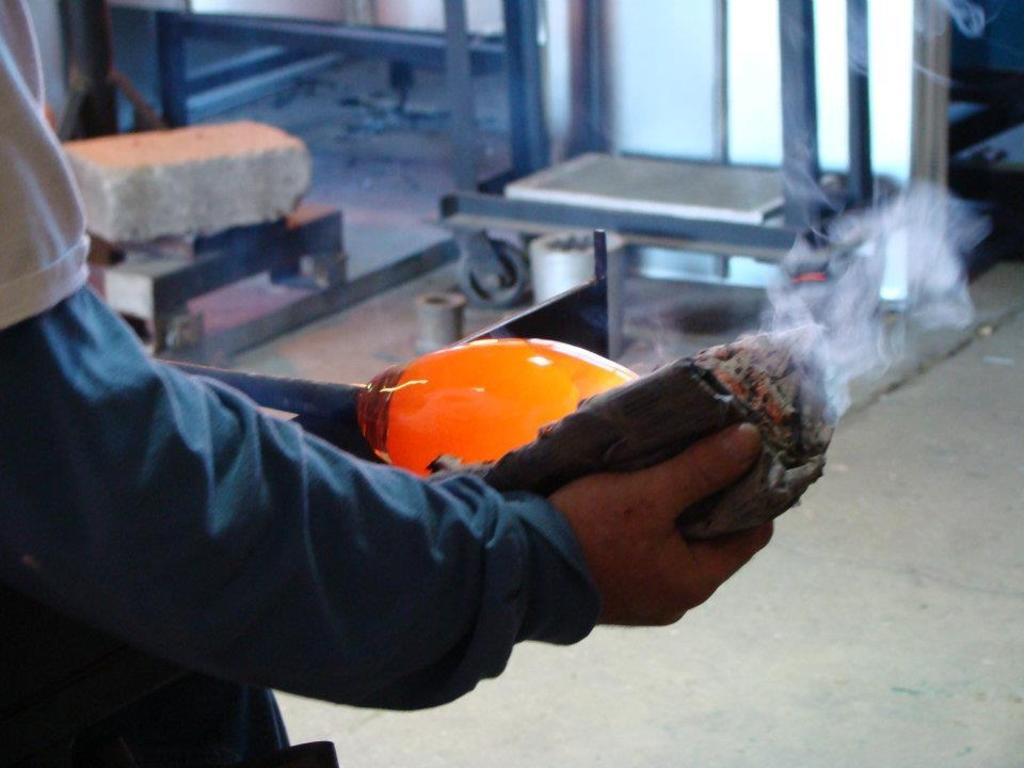New Conway group hopes to build downtown arts scene, boost economy

From The Sun News:
Article by Charles D. Perry
When local officials talk about economic development, the discussion tends to focus on how tax breaks and other incentives can be used to entice industry.
Dennis Stevens wants to shift that conversation to the arts.
Stevens, along with Barbara and Ed Streeter, recently formed the Conway Cultural Development Corporation, an organization dedicated to spurring economic growth by creating a vibrant arts scene.
Four years after the Horry Arts and Cultural Council disbanded, the nonprofit hopes to fill that void, not just in Conway but also in Myrtle Beach and other parts of the county.
“The fact that there’s no county arts council places Horry County at a disadvantage in terms of these questions about art and culture as they relate to economic development,” Stevens said. “Somebody has to lead that and somebody has to have expertise in that in order for those things to happen.”
So what exactly would the CCDC do? The founders envision the organization working with local municipalities’ planning departments to include space for the arts in development projects. The initiatives would use both public and private funding.
One idea the CCDC supports is the creation of a Waccamaw Art & Design Center-MakerSpace, a cooperative gallery and studio in Conway that would allow members to use a shared space with tools and equipment, including a 3D printer, a laser cutter and industrial sewing machines. Additionally, the nonprofit hopes to set up a rental studio to recruit and launch design- and art-based companies.
CCDC’s leaders also support projects that encourage community participation. Consider “Play Me, I’m Yours,” an international exhibit that places pianos in public areas for anyone to use. The program recently arrived in Florence.
“It’s a good example of what art can do to make a place more culturally vibrant and livable,” Stevens said, adding that these projects “encourage people to go into public space and have them interact with each other in new ways, to form some basis of community and imagine new possibilities for themselves.”
Stevens is a visual artist who was active in the local arts scene in the late 1990s. He then moved to California, attended graduate school in New York and returned the area a few years ago. The Streeters run Conway Glass on Laurel Street. All three are involved with CREATE! Conway, a membership organization that promotes the arts in the Rivertown.
The difference between the CCDC and past arts advocacy groups, Stevens said, is the nonprofit’s focus on collaborating with city planners.
“That’s where they fell short,” he said. “They lost sight of the municipalities’ strategic plans and the goals that are outlined in there.”
This week, the group plans to meet with Conway City Administrator Bill Graham. CCDC representatives already have been in talks with Mayor Alys Lawson and Planning Director Adam Emrick.
Lawson said she told the group that Conway leaders want to hear their proposals.
“Anything that has the benefit of attracting additional people to your community has a spillover effect,” Lawson said. “Whether or not they are just spending money for the day or if they decide it’s a community where they want to live, I think the more that a community has to offer, the more vital that community’s going to be.”
Eventually, the CCDC plans to approach Conway City Council with a proposal to establish a “cultural district” in the city. The designation was created last year by state lawmakers who wanted to highlight communities with certain artsy features.
“It really provides an official state recognition that a town has a significant concentration of what we’re calling arts and cultural assets,” said Rusty Sox with the S.C. Arts Commission, which determines if the “cultural district” title is merited. “There are opportunities for either visitors or residents to have direct arts and cultural experiences right in the community where they live or where they visit.”
“Assets” could include galleries, theaters, studios, concert halls, museums and businesses that provide spaces for creative pursuits. Sox said 15 other states have similar programs.
“In general,” he said,” what they’ve found is that having this type of designation can really be a tool that a city or a town can use in helping to attract visitors, improve downtown [and] engage in economic and downtown development activities using the arts as sort of a focal point to drive interest.”
That’s exactly what the new group wants to do.
“There are so many needs,” Barbara Streeter said. “But we need a place — and a vibrancy.”
Image: Conway Glass

